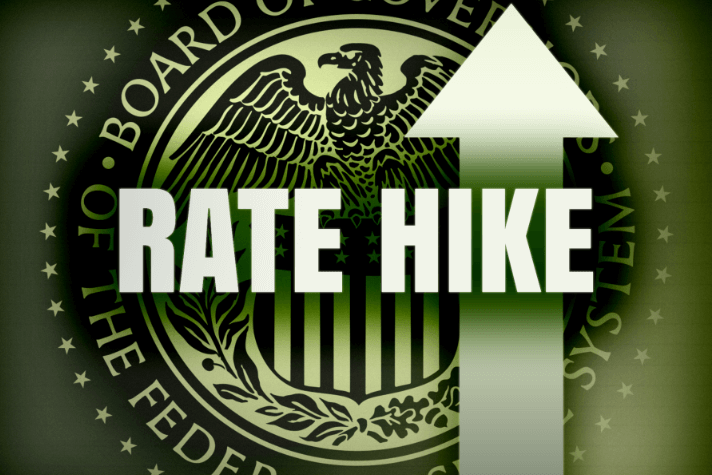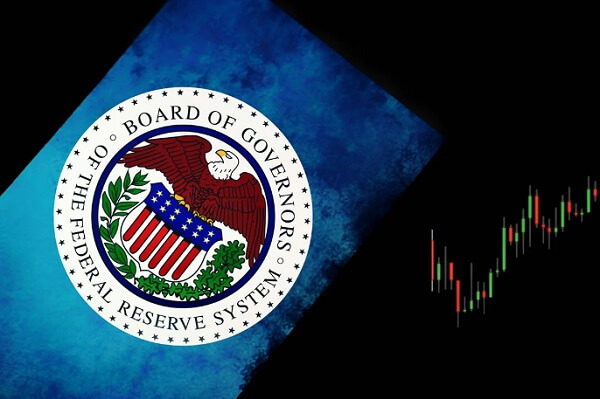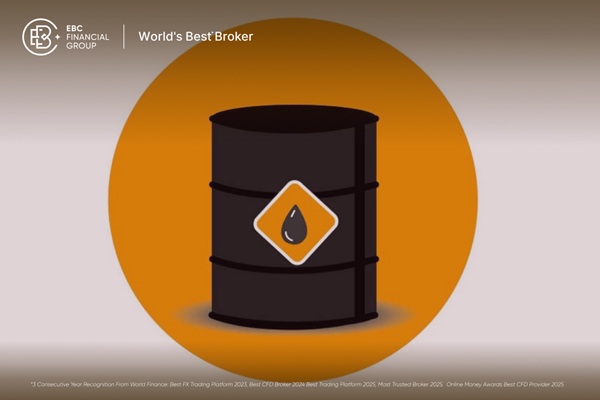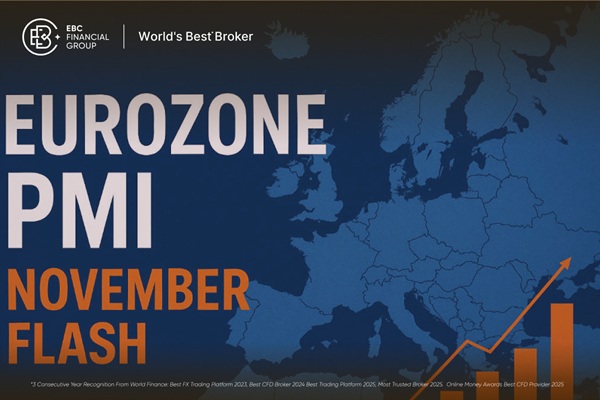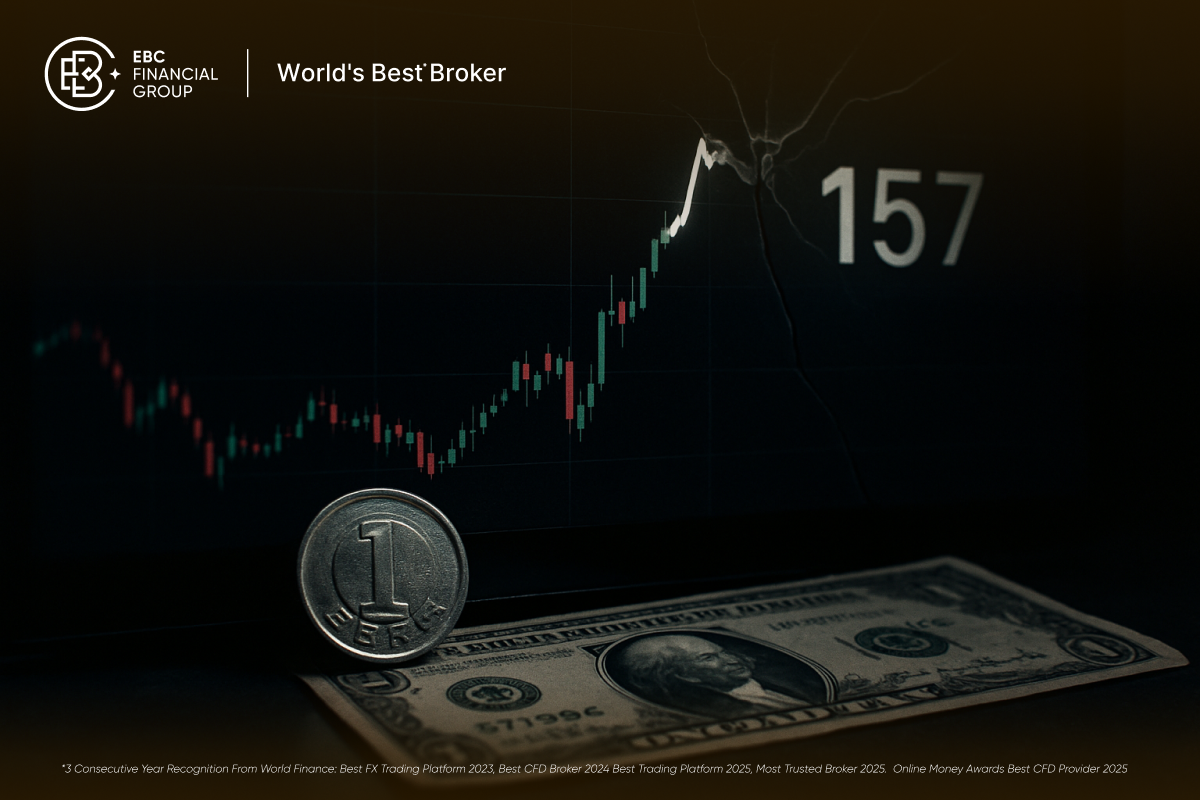The reasons and impacts of the Federal Reserve's interest rate hike are
overwhelming, but few can truly explain the specific operating principles behind
it. Most of the news gives us the feeling that the process of the Federal
Reserve's interest rate adjustment is particularly simple. He held a meeting and
said that setting the interest rate as much as possible is the same. However,
many of us are actually unaware that this process is very interesting and
complex. There are over five types of interest rates involved, and these methods
of interest rate adjustment have also undergone significant changes in history.
I believe that understanding the specific principles and historical evolution of
the Federal Reserve's interest rate adjustment is crucial for every investor, as
it involves many important concepts that we often see but may not necessarily
understand. By understanding this topic, you can largely understand the core
foundations of the contemporary financial system.

There are many different interest rates in our lives, such as mortgage rates,
car loan rates, credit card rates, commercial loan rates, etc. However, these
are not adjusted by the Federal Reserve. The Federal Reserve adjusts an interest
rate called the final lending rate, which is called the federal funds rate in
Chinese. It is the interest rate that banks borrow from each other. So this type
of lending is a very short-term loan, often only borrowing for one night, so its
interest rate is also called the overnight interest rate, or the interbank
overnight lending rate.
That's right, let's talk about the final lending rate today. Generally,
people have the following three major issues: Firstly, why do banks borrow money
from each other? Secondly, what kind of money is borrowed between banks? Third,
since this is the final lending rate, why does the Federal Reserve say the final
interbank lending rate? What exactly is the method used by the Federal Reserve
to control this interest rate? To answer the first two questions, we must
understand the relationship between ordinary commercial banks and central banks,
which is an important prerequisite for our understanding of the Federal
Reserve's interest rate adjustment mechanism.
The relationship between commercial banks and central banks is similar to the
relationship between ordinary people and commercial banks. The money that each
of us mainly owns is actually in two forms. The first is the paper currency or
coins held in our own hands. The second type is to place it in the form of
electronic bookkeeping in the bank. Deposit here. That is a similar situation
for commercial banks. Most of the banknotes and coins owned by commercial banks
are stored in their own safes, while the remaining money is electronically
deposited into their deposit accounts at the central bank. The central bank is
equivalent to a commercial bank's bank, and each bank's account at the central
bank is called a reserve account. This reserve account is actually very
interesting, and we will cover it later in our video. The money deposited by
these commercial banks into the central bank is called reserve, which is
translated as reserve. That's because these reserves are held in the Federal
Reserve's reserve account, so they are also called deposits. The money borrowed
between banks is the final lending rate, or federal funds rate.
For convenience of expression, we will abbreviate it as FFR. Why do banks
borrow from each other at this final lending rate? There are two main reasons
for this explanation: one is superficial, and the other is essential. Let's
start with the superficial reason that most people understand. Many countries
require commercial banks to deposit a certain proportion of their corresponding
customer deposits into the central bank's account to ensure that the bank can
meet the customer's withdrawal needs. So this ratio is the reserve ratio we
often hear about. The reserves that banks deposit in reserve accounts according
to this reserve requirement are called statutory reserves. If a bank deposits
too much, the excess is called excess reserves.
When a bank finds that its reserves are lower than the statutory
requirements, it needs to borrow reserves from other banks to meet this
requirement. The borrowed reserve is the excess reserve from other banks. Many
people simply explain the reasons for lending between banks as actions taken by
banks to meet their statutory reserve requirements. That explanation is actually
very superficial, and the reason is very simple. The United States has abolished
the requirement for reserve ratio since 2020, so there is no longer the concept
of so-called statutory reserve and excess reserve in the United States. But
banks still have reserves, and banks are still frequently borrowing from each
other. So whether or not there is a requirement for this statutory reserve
ratio, the fundamental reason why banks have reserves is to meet the withdrawal
and transfer needs of bank customers and ensure the normal operation of the
bank. If the reserve is insufficient, the bank will find a way to make up for
it, and borrowing from other banks is one of the main methods.
We have answered the first two questions, and now we can answer how the
Federal Reserve adjusts this FFR. FFR is the lending rate between banks, so the
Federal Reserve does not have the authority to make regulations. So before we
can understand the way the Federal Reserve controls this interest rate, we must
first understand how banks and banks determine the interest rate of this FFR,
which is essentially the price of borrowing money, or the price of money. Like
most prices in the economy, FFR is also determined by supply and demand.
We assume that the supply of reserves in the market remains unchanged, and as
demand increases, their focus will shift upwards, resulting in an increase in
FFR, which in turn will decrease. Assuming that the demand for reserves remains
unchanged, the FFR decreases when the supply increases, and in turn, the FFR
increases. Isn't this very simple?
How the Federal Reserve Controls Reserve Supply and Affects FF Interest
Rates
One of the important responsibilities of the Federal Reserve is to control
the money supply in the economy to ensure that inflation remains at an
appropriate level. In order to achieve this goal, the Federal Reserve needs to
effectively control the supply of reserves, which are essentially bank deposit
reserves. So, how did the Federal Reserve achieve this? The following will
explain how the Federal Reserve controls reserve supply through its operations
and how it affects the Federal Funds Rate (FF rate).
Firstly, it is necessary to understand the essence of reserves. Reserves
refer to the deposit reserves held by banks in their accounts, and the Federal
Reserve is this so-called "printing money" institution. When the Federal Reserve
wants to increase the supply of reserves in the market, it will buy US Treasury
bond bonds and other bonds held by banks at a high price and then directly
increase the amount of reserves in bank accounts. This process is called
printing money because it is actually increasing the money supply. After banks
have excess reserves, they can lend them to other banks.
On the contrary, if the Federal Reserve wishes to reduce reserve supply, it
will sell these bonds to banks at a lower price to recover reserves, or more
precisely, destroy reserves, which is the process of currency destruction. These
operations constitute the fundamental principle behind the Federal Reserve's
influence on FF interest rates.
In fact, the Federal Reserve's operations are much more complex than this
process. The Federal Reserve has two main ways to influence FF interest rates.
The first type is direct participation in market operations, also known as open
market operations. This decision-making team is called the FOMC (Federal Open
Market Committee), and they determine the scale and direction of open market
operations.
The second type of method is the use of policy tools. Although the Federal
Reserve does not have the authority to set specific levels of FF interest rates,
it can control several special interest rates by adjusting them to affect
interbank lending rates. The operational methods of the Federal Reserve have
also undergone significant changes in different historical periods.
One of the important historical milestones was the 2008 financial crisis,
which triggered a series of changes, including historical changes in reserves.
Before 2008, the reserve market was a supply-limited market, mainly because the
Federal Reserve did not pay interest on reserves at that time, but banks still
had to meet statutory reserve requirements. This leads banks to only store
sufficient reserves, as additional reserves amount to punitive taxation. But
after 2008, the market shifted from scarcity to oversupply.
Firstly, this is due to the Federal Reserve's large-scale quantitative easing
(QE) policy, known as printing money to stimulate the economy, resulting in
excess reserves. Secondly, the Federal Reserve began paying interest on reserves
stored in banks' accounts. These two interest rates are the interest on
statutory reserves (IOR) and the interest on excess reserves paid (IOER). Both
interest rates are determined by the Federal Reserve, and excess reserves
actually have a greater impact on bank lending rates.
Interestingly, the Federal Reserve later set these two interest rates at the
same rate, so their essential differences disappeared. In 2021, the Federal
Reserve lifted the requirement for reserve ratio, resulting in the disappearance
of the concepts of statutory reserve and excess reserve. These two interest
rates were merged into "IOERB" (interest on reserve balances). This change makes
adjusting interest rates more simple.
To summarize, before 2008, the Federal Reserve mainly adjusted reserve supply
through open market operations while assisting in adjusting IOR to control FF
interest rates. After 2008, the Federal Reserve mainly controlled IOERB to
affect FF interest rates while using reverse repurchase tools to deal with
financial institutions without reserve accounts. This new system is called the
"supply system" and makes IOERB the lower limit of the FF interest rate. In
addition, the Reverse Repurchase Rate (RPR) has become a new bottom for FF rates
as financial institutions are more willing to engage in such transactions with
the Federal Reserve. This adjustment has shifted the target of FF interest rates
from a specific number to a range.
However, the Federal Reserve is currently gradually raising interest rates
and reducing reserve supply, so the reserve market may become a supply-shortage
market again in the future. Therefore, the way the Federal Reserve adjusts
interest rates may change again, although this possibility is relatively
small.
Disclaimer: This material is for general information purposes only and is not intended as (and should not be considered to be) financial, investment or other advice on which reliance should be placed. No opinion given in the material constitutes a recommendation by EBC or the author that any particular investment, security, transaction or investment strategy is suitable for any specific person.







